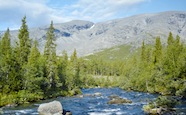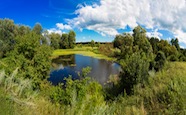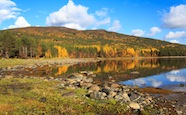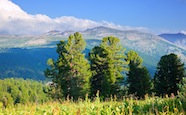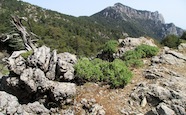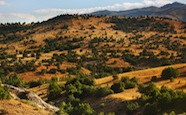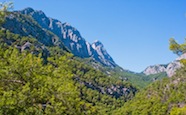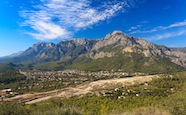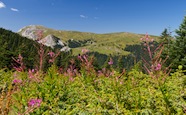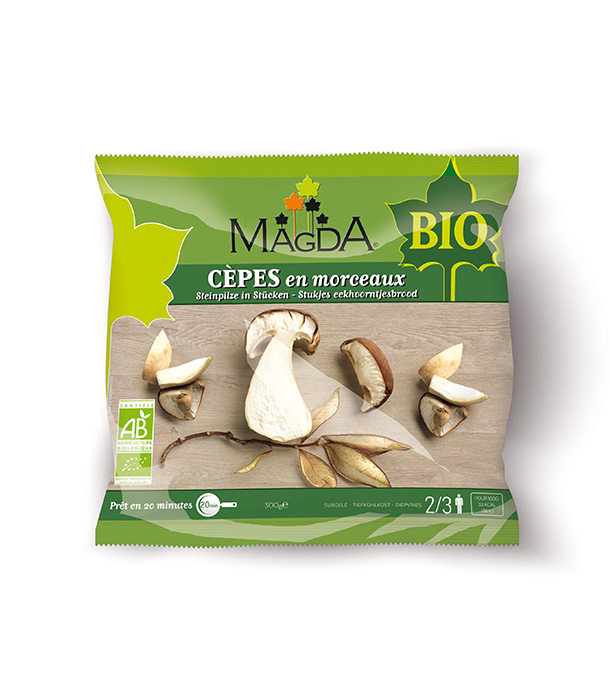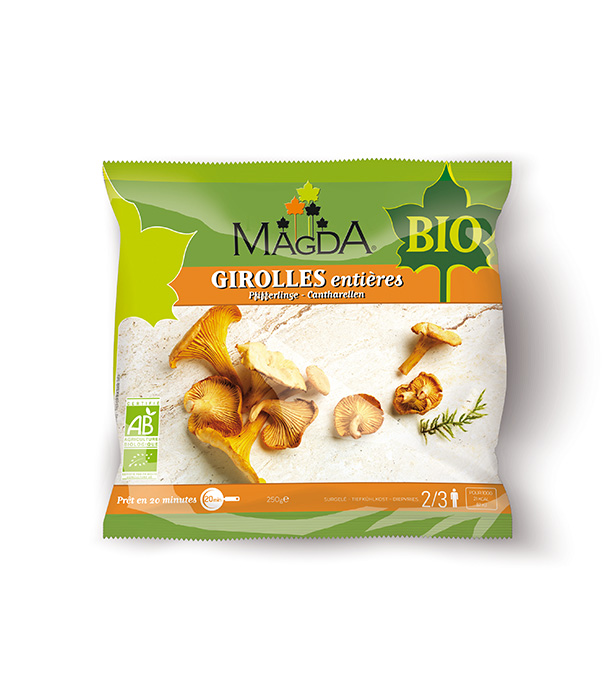Author Archives: Melody Depond
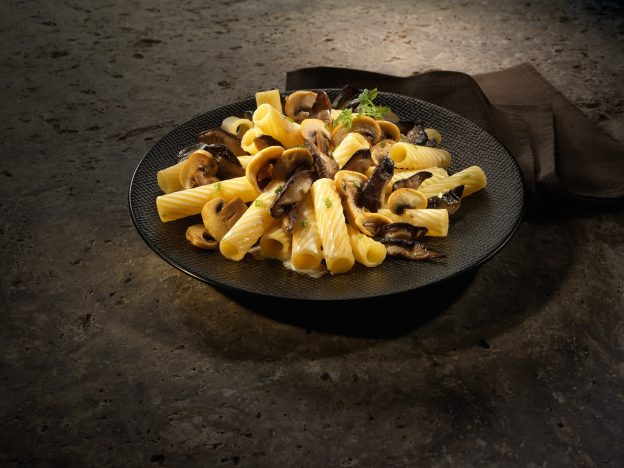
MAGDA 2018 NEWS
For early 2018, Magda has invented two delicious new recipes.
Rigatoni with mushrooms and cream with garlic and parsley and fried potatoes with mushrooms also with garlic and parsley.


A few minutes in the microwave are enough for these delicious MAGDA dishes
TURKEY DESTINATION
The mysteries of truffles
Highly coveted, the tuber melanosporum or black Périgord truffle still has a few mysteries to reveal. Scientists needed a little over four years to unravel them. Under the codename Systruf, from 2009 to 2013 they worked on a research programme to determine the “Bases of sustainable ecological intensification of truffle ecosystems” financed by the National Research Agency and the Languedoc-Roussillon Region.
The study aimed to try and provide answers and solutions to the steep fall in French truffle production, from 100 tons 50 years ago to an average of 30 tons since the 1990s. To help truffle growers, the researchers studied the marvel from every angle: genome, ecology, nutrition, development, reproduction and interactions with plants, other mushrooms and bacteria.
Several conclusions have caught the community’s attention. For example, truffle growth depends on the photosynthesis of the host tree and not the organic matter in the soil. For the truffle to prosper from the sugars produced by the leaves and transferred to the roots, we now recommend avoiding summer pruning which slows the tree’s growth and to reduce water stress as much as possible. Also, we know that the oak and hazelnut were the truffle’s best friends but we’ve discovered that it also likes orchids in south-eastern France. The latest direction to follow: the role of soil bacteria found inside the tuber melanosporum in the truffle’s development and in the formation of its aroma.
The Systruf project brought together the CNRS’s Centre d’écologie fonctionnelle et évolutive, the Tree/micro-organism Interactions laboratory (Inra, Lorraine University), the Bio-geo-chemistry of forest ecosystems laboratory (Inra), the Agronomics and environment laboratory (Inra, Lorraine University), the Forest Ecology and eco-physiology laboratory (Inra, Lorraine University), the Tropical and Mediterranean Symbioses laboratory (CIRAD, IRD, Montpellier 2 University, SupAgro) and also the French Truffle-growers Federation (FFT) and the Centre for Technical and Economic Forestry Studies (Cetef).
Thank you to all the researchers for providing us ways to eat delicious food for many a year to come!
Magda


